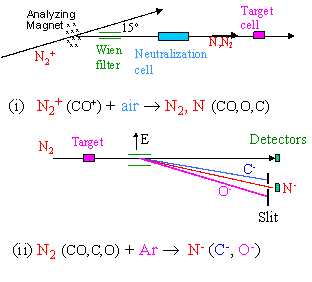
Figure 1: Schematic view of the Experimental method.

Figure 2: Energy spectrum of E/2 anion with and without foil.
LONG-LIVED STATES OF N-
I. Ben-Itzhak
J. R. Macdonald Laboratory, Department of
Physics, Kansas State University, Manhattan, KS 66506, USA
O. Heber
Department of Particle Physics, Weizmann Institute of Science,
Rehovot 76100, Israel.
A. Bar-David, I. Gertenr, and B. Rosner
Department of Physics, Technion, Haifa 32000, Israel.
The existence of long-lived states of N- has been the subject of many discussions because of conflicting experimental evidence, as discussed by Heber et al.1. Such states might limit the oldest sample one can measure using AMS carbon dating and thus needs to be resolved not just to satisfy the curiosity of the scientific community. Recently, Müller et al.2 reported a 200 ns upper limit for the lifetime of the first excited metastable 1D state of N-. Theoretical calculations by Cowan et al.3 predict very short lifetimes (<0.1 ns) even for the first and second excited metastable states (1D and 1S). They also suggested that: "a consequence of our results is that past publications1,4 concerning long lived species of N in fact must have involved some other (most likely molecular) ion". We repeated our measurements1 and verified that the measured anion is not molecular as suggested above.
The experimental method is similar to the one we used previously, as shown in Figure 1. In addition to the tests conducted as in our earlier work we directly tested if the anion is molecular as follows. Once the anions with E/2 associated with N- fragments from the N2 beam were detected, a thin foil was placed on their trajectory after the narrow slit. Molecular ions dissociate in the foil and their fragments are expected to hit the detector far from each other. A 30% transmission mesh on the detector surface will block, in some events, one of the fragments resulting in a partial energy peak produced by the energy sensitive detector. As shown in Figure 2, the only change in the energy spectrum is the expected shift to lower energy caused by the energy loss in the foil, thus suggesting the E/2 anion is atomic. Furthermore, a direct comparison of the energy spectrum of the E/2 anion and that of C- shows that the former has higher energy, thus excluding the 12CH2- anion even if most H fragments miss the detector. Given the calculations of Cowan et al.3 the possible long-lived states might be higher excited states with many spins aligned as suggested by Piangos and Nicolaides5. Further tests of other possible anions, which might compete with N- from the N2 beam, are underway.
Figures:

Figure 1: Schematic view of the Experimental method.

Figure 2: Energy spectrum of E/2 anion with and without foil.
References:
1) O. Heber, et al., Phys. Rev. A 38, 4504 (1988).
2) H. Müller et al., J. Phys. B 29, 715 (1996)
3) R. D. Cowan et al., J. Phys. B 30, 1457 (1997)
4) H. Hiraoka et al., Phys. Rev. Lett 39, 130 (1977)
5) N. A Piangos and C. A. Nicolaides, J. Phys. B 31, L147 (1998)
This work was supported by the
Chemical Sciences, Geosciences and Biosciences Division,
Office of Basic Energy Sciences,
Office of Science,
U.S. Department of Energy.
Submitted to ICPEAC 2001, July 2001 in Santa Fe, NM.
This abstract is also available in Postscript or Adobe Acrobat formats.
|
|